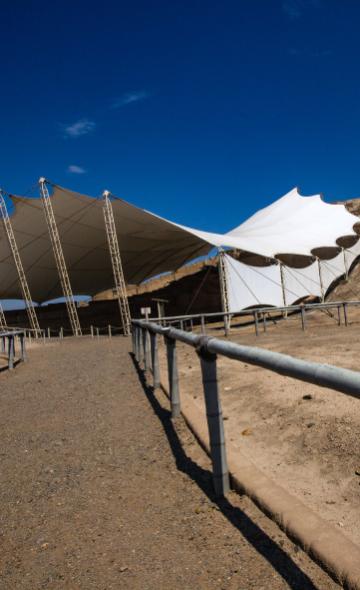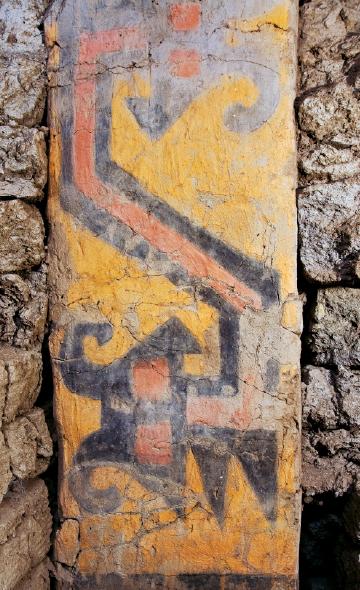- Visitors
- Researchers
- Students
- Community
- Information for the tourist
- Hours and fees
- How to get?
- Visitor Regulations
- Virtual tours
- Classic route
- Mystical route
- Specialized route
- Site museum
- Know the town
- Cultural Spaces
- Cao Museum
- Huaca Cao Viejo
- Huaca Prieta
- Huaca Cortada
- Ceremonial Well
- Walls
- Play at home
- Puzzle
- Trivia
- Memorize
- Crosswords
- Alphabet soup
- Crafts
- Pac-Man Moche
- Workshops and Inventory
- Micro-workshops
- Collections inventory
- News
- Students
- Peru's Archaeological Heritage: The Importance of El Brujo in History
News
CategoriesSelect the category you want to see:
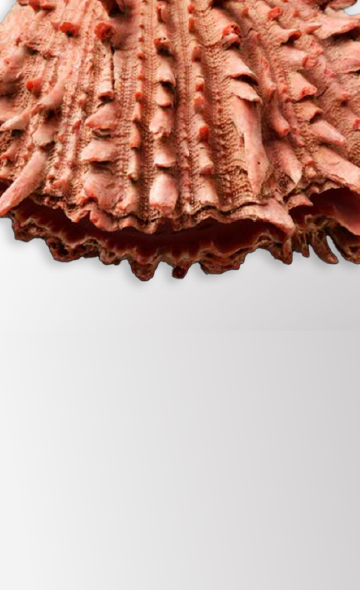
The Use of Spondylus Shells in Moche Ceremonial Contexts: Why Were They Symbols of Status and Wealth? ...
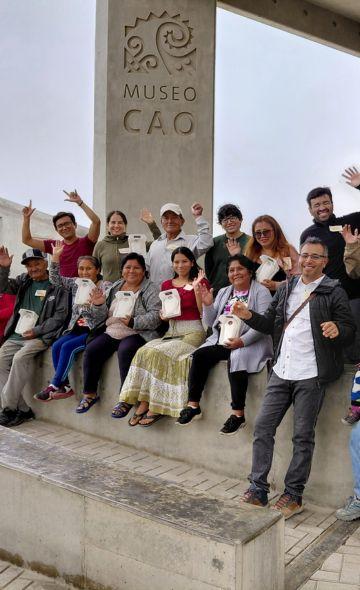
El Brujo Celebrated International Museum Day with Its Community: A Day of Encounter and Cultural Co-Creation ...
To receive new news.
Por: Complejo Arqueológico El Brujo
For UNESCO, a country's archaeological heritage is part of its cultural heritage. According to Ruth Shady, the historical importance of the archaeological heritage in the case of Peru is "because through archaeological testimonies it is possible to reconstruct the ways of life and cultures of the societies that created them".
The current Rules on Archaeological Research classify Peru's immovable heritage, which needs to be studied through archaeological research, into two categories:
- Pre-Hispanic archaeological monuments
- Colonial and republican historical monuments
The first on the above list, which we will focus on in this publication, are further classified into:
- Monumental archaeological zones
- Archaeological Sites
- Archaeological Reserve Zones
- Isolated archaeological elements
- Archaeological cultural landscape
Moreover, Law No. 27721 establishes that all sites that fall under the definition of Pre-Hispanic Archaeological Monuments are considered Cultural Heritage of the Nation. Hence, they are intangible and under the protection of the State.
Now that you know what archaeological heritage is and that it is protected by the State, we would like to tell you about the value of the El Brujo Archaeological Complex for the Peruvian history on this list.
1. It is a source of knowledge that nourishes Peruvian history
The El Brujo Archaeological Complex is considered to be one of the most important on the northern coast of Peru, where the Mochica culture settled. It constructed impressive buildings, such as Huaca Cao Viejo, Huaca Prieta and Huaca Cortada. In Moreover, vestiges of other cultures such as Lambayeque and Chimú have also been discovered.
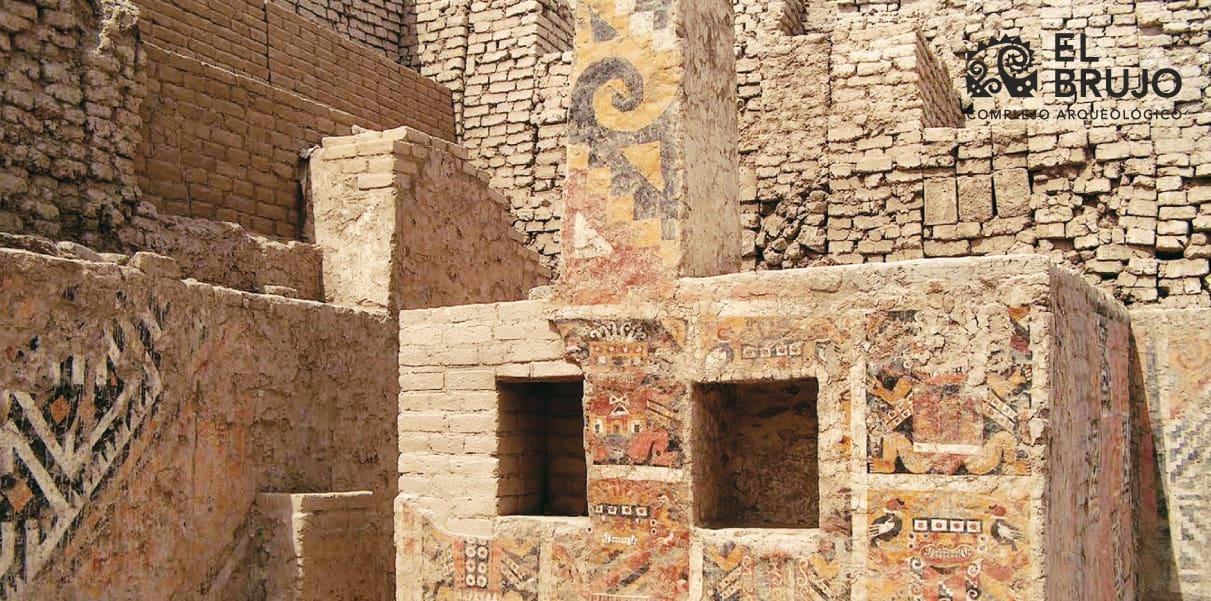
The El Brujo Archaeological Complex provides the opportunity to learn how human communities developed throughout the history of this area of the current region of La Libertad, allowing us to know what economic activities were carried out and are still practiced by the local people.
2. It has been the site of a revolutionary find for Peruvian archaeology
Another reason why the El Brujo Archaeological Complex is important for the history of our country is because of the great discovery that was made here in 2004: the tomb of the Lady of Cao, a funerary context in which the funerary bundle of a woman belonging to the elite of Mochica society was found.
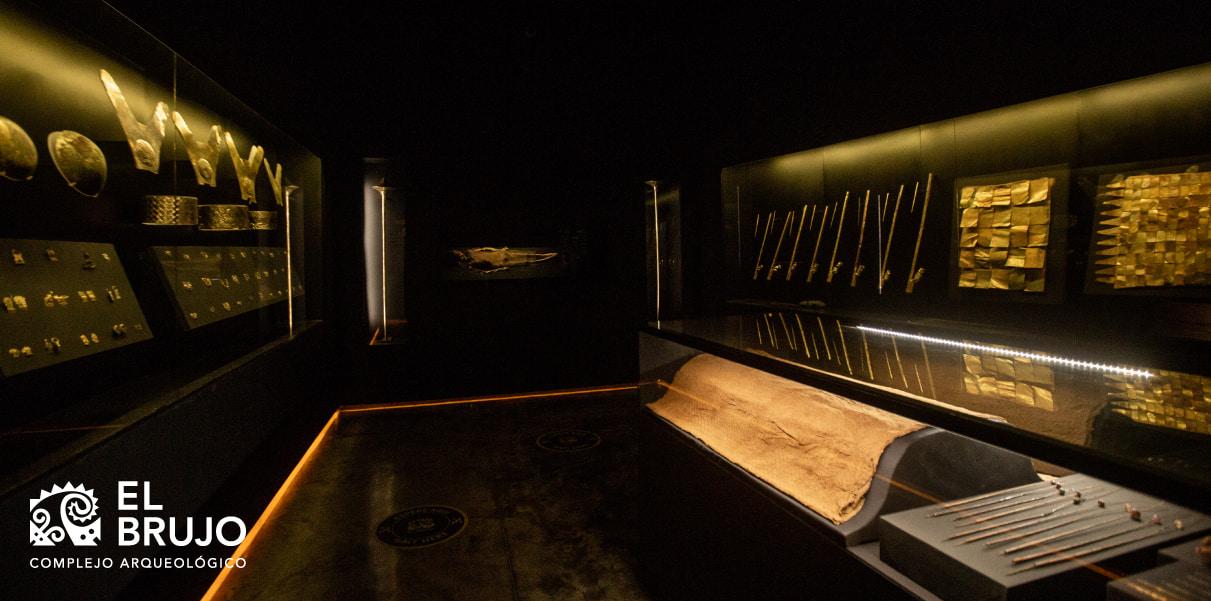
Image: Room 06, Site Museum, El Brujo Archaeological Complex
The find represented a milestone in Peruvian and Latin American archaeology, as the role of women in the Mochica culture can be further investigated. The discovery was also important because both the body and the tomb were found in an excellent state of preservation, which facilitated studying them.
3. It has attracted the attention of researchers from different parts of the world
The El Brujo Archaeological Complex has been studied since more than 150 years ago, which has allowed different researchers from different parts of the world to come to this corner of Peru. Thus, the name of the country has been on the lips of great intellectuals at different periods. The first investigations were made by Antonio Raimondi in 1868, and then came those of Alfred Kroeber, Wendell Bennet, and Samuel Lothrop. Later on, in the middle of the 20th century, Junius Bird arrived to study Huaca Prieta, an archaeological monument that also aroused the interest of Tom Dillehay and Duccio Bonavia.
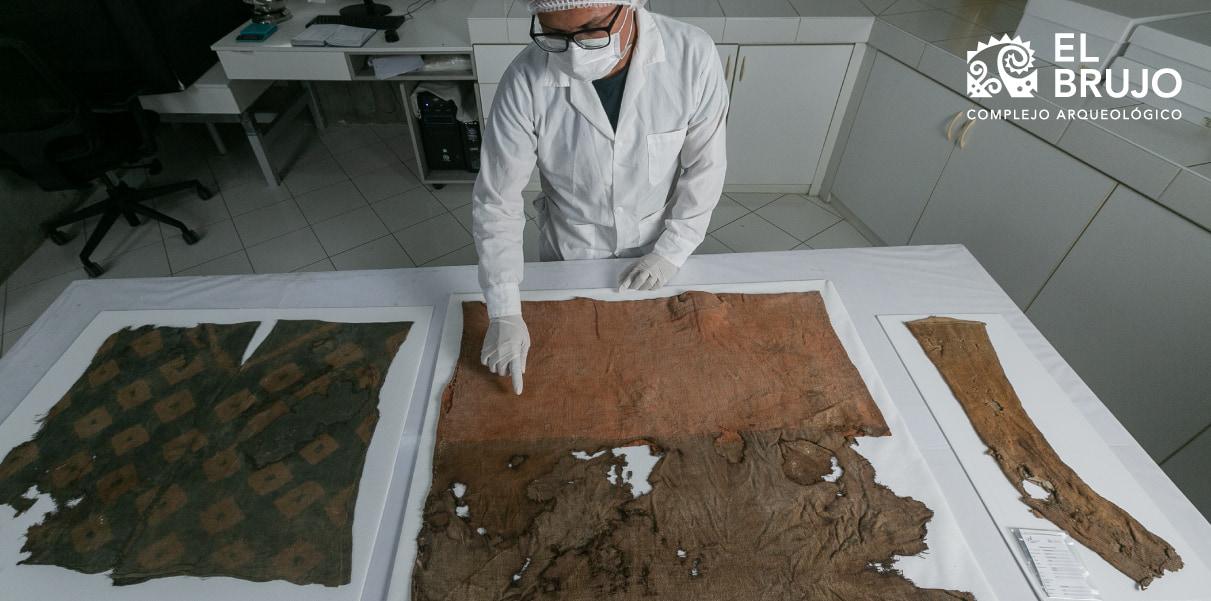
Currently, and within the framework of successive Cooperation Agreements signed with the Ministry of Culture, the Wiese Foundation works for the research, conservation, enhancement and dissemination of the El Brujo Archaeological Complex. The non-profit organization has been in charge of the complex since 1990 and has allowed the most recent archaeological research to be carried out at El Brujo.
4. It is a source of tourism and employment
El Brujo is considered to be part of the tourist attractions of Magdalena de Cao, so the actions developed by its administration attract tourists who visit not only the complex, but also the locality in which it is located, which generates jobs directly and indirectly. In 2020, the El Brujo Archaeological Complex became the first to use the Works for Taxes mechanism with the purpose of strengthening tourism directed at the complex and its surroundings.
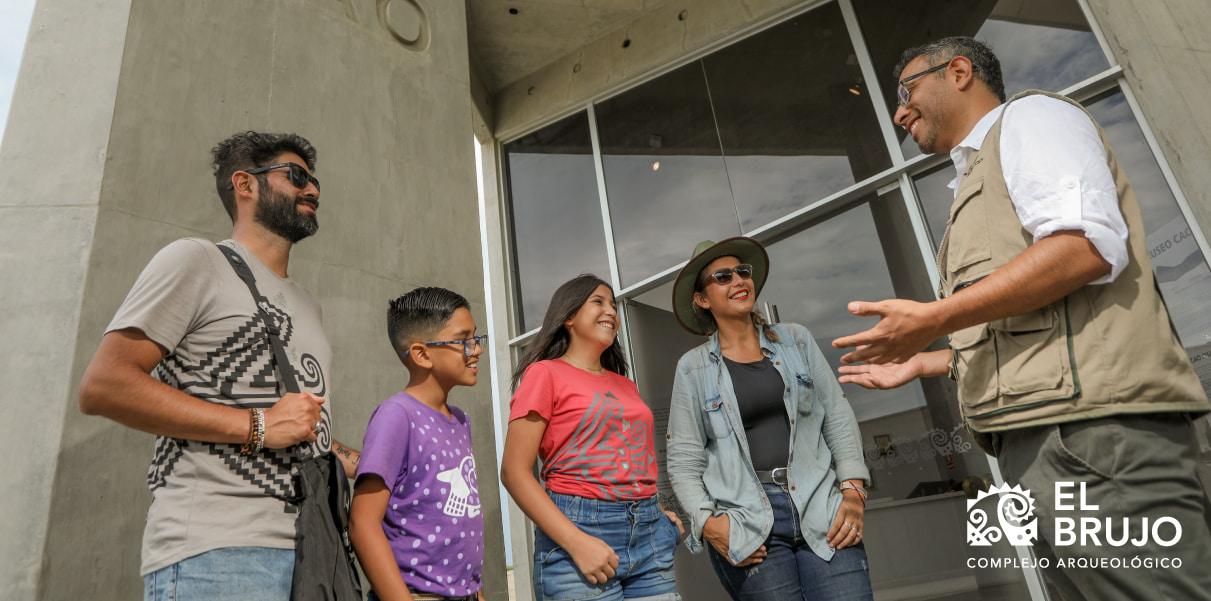
Now that you know why the El Brujo Archaeological Complex is so important to the Peruvian history, we invite you to book an in-person tour here. Choose one of the three established routes and enjoy the impressive constructions inherited from the Mochica. Also, give yourself the opportunity to spend some time together with the local population to learn about their customs and traditions. And don't forget to visit the Site Museum to meet the impressive Lady of Cao. We look forward to seeing you! For more information, go to www.elbrujo.pe or write to us on our WhatsApp chat page.
You can also read:
1. Historical Tourism in El Brujo: A Journey into Peru's Past
3. What is Spondylus? A symbol of fertility and abundance in pre-Hispanic times
Students , outstanding news


